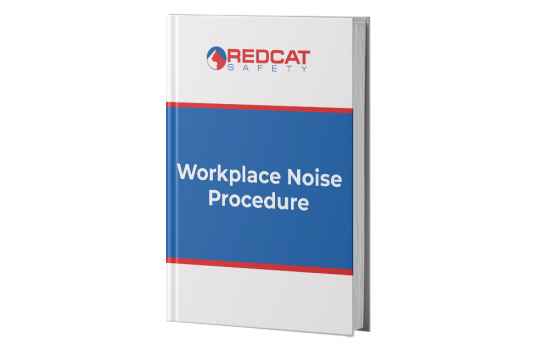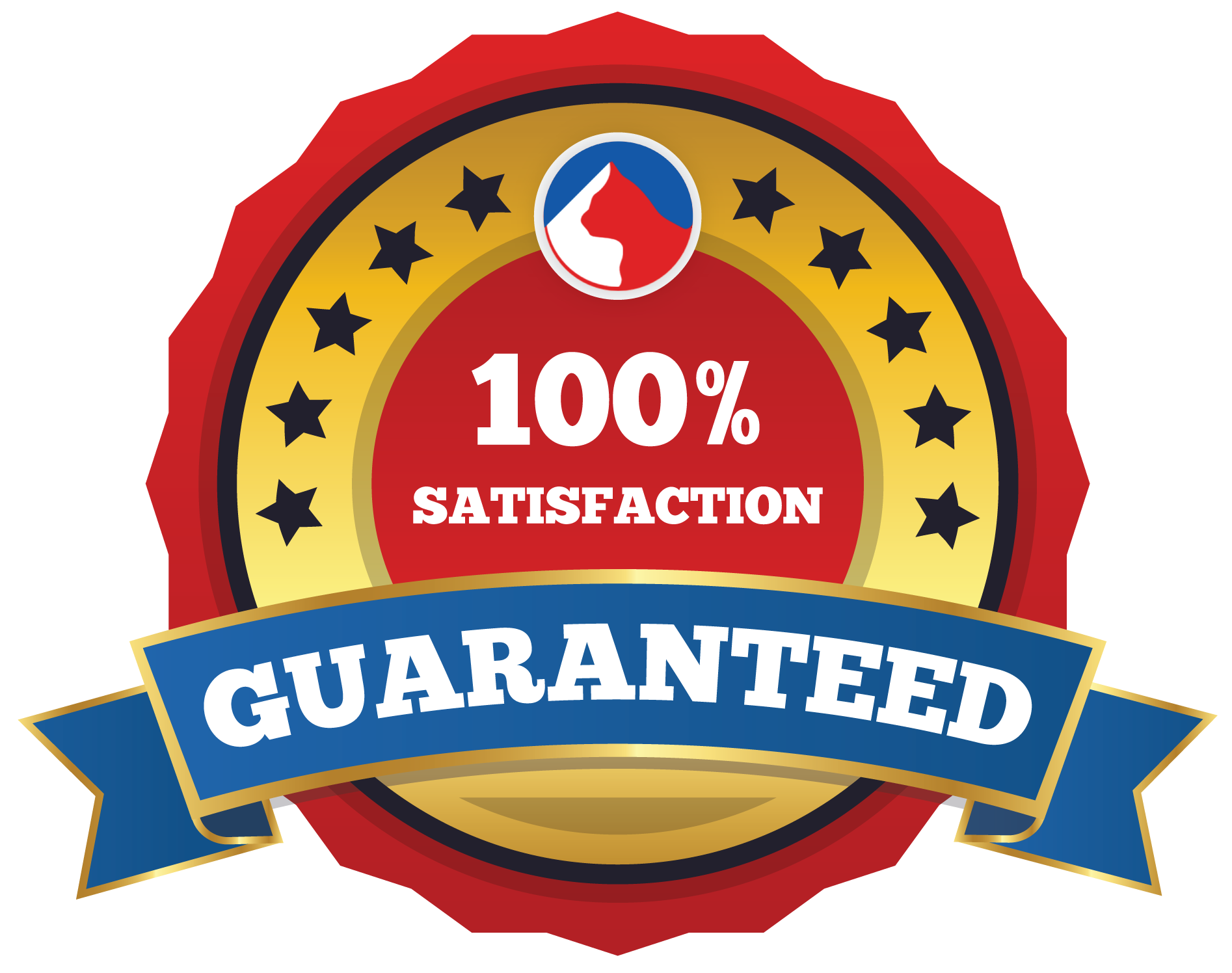What is Workplace Noise?
Workplace noise is any noise that occurs in the workplace that can be a source of irritation, distraction, or other health and safety risks to employees. It generally refers to any kind of noise that can be disruptive or harmful to workers in a work environment. There are many different sources of noise in the workplace ranging from machinery and equipment to co-workers and general outside noise. In many cases, excessive noise can be a part of the job, such as in construction or manufacturing. Employers are required to take steps to minimize hazardous noise exposure to their employees. There are several health risks associated with noise exposure, including noise-induced hearing loss, damaged hearing, tinnitus and stress.
How is Noise Measured in the Workplace?
Noise in the workplace can be measured using a sound level meter. A sound level meter is an instrument used to measure sound pressure levels in decibels (dB). The most common type of sound level meter is the A-weighted sound level meter, which is used to measure noise levels in dB(A). A sound level meter is an important tool for anyone who needs to measure sound levels in their workplace, to ensure that noise levels remain below a certain threshold.
Audiometric Testing of Workers
Audiometric testing should be available to any worker likely to be regularly exposed to noise exposure limit levels more than the standard set (e.g. 85dB(A)). The audiometric testing scheme should include an initial test soon after a worker commences work, where they are exposed to hazardous noise. Periodic testing should be scheduled at specified timeframes after that depending on the risk to workers who are exposed.
What is an Acceptable Noise Level in the Workplace?
The National Institute for Occupational Safety and Health (NIOSH) recommends that noise not exceed 85 dB(A) for 8 hours to minimize occupational hearing loss. The American Conference of Governmental Industrial Hygienists (ACGIH) has set a threshold limit value (TLV) of 85 dB(A) for 8 hours of continuous or intermittent levels of noise exposure. Noise is an inevitable part of our lives. Whether it is the sound of traffic on the street or the humming of our air conditioner, we are constantly surrounded by an amount of noise.
Note: the decibel scale is logarithmic, therefore, on the decibel scale an increase of 3dB represents a doubling or twice the sound energy. This means that on a time weighted average the length of time a worker can work when exposed to the noise is reduced by half for every 3dB increase in noise level.
Workplace Noise Controls
Where the noise levels fail to meet the legislative requirements, all practicable action should be taken to control and reduce noise emissions in that work area. Methods of noise control should be prioritized according to the hierarchy of risk control options, for example.
Elimination – removing the hazard or its source from the workplace.
Substitution – swapping the noise source, resulting in a noise reduction.
Isolation – removing the hazard from the employee or the employee from the hazard.
Engineering controls – physically altering the work environment.
Administrative controls – designing jobs for hearing conservation to reduce exposure. Use job rotation to alternate noisy tasks with quiet ones. Restrict access to areas of high noise levels to essential staff only.
Personal protective equipment – hearing protection devices to protect hearing against a loud noise. Work areas where hearing protection (PPE) is required should be clearly sign posted.
Note: The workers who perform the work task should be consulted about occupational noise control measures.
Contents of this Workplace Noise Procedure
- Approval.
- Purpose.
- Scope and Objectives.
- Terms and Definitions.
- Roles and Responsibilities.
- Procedures.
- Overview of Excessive Noise.
- The Decibel Scale.
- Noise Hazard Identification.
- Risk Assessment of Noise Data.
- Noise Risk Control.
- Evaluation of Risk.
- Consultation.
- Audiometric Testing.
- Surrounding Areas.
- Training.
- Related Procedures, Forms and Documents.
- Review Criteria.
- Record Management.
- References.
Why Choose to Buy this Workplace Noise Procedure
This 11-page workplace noise procedure template can provide you with practical guidance on:
- How levels of noise affect hearing.
- How to identify and assess exposure to hazardous noise.
- How to control health and safety risks arising from hazardous noise.
The procedure can help you ensure that all workplace noise is assessed, monitored and controlled and ensure compliance with statutory requirements. This procedure can be applied to all areas where workers are required to work. The procedure can also be relevant to contractors while completing works on behalf of your business.
After purchasing this template you will be able to:
- Very easily edit and customize the template to create your own procedure.
- Apply your own style, format and brand to the procedure.
- Use it in any industry or sector regardless of the size or type of organization.
Availability and Use of this Workplace Noise Procedure
- This procedure is accessible to you right now by clicking the ‘Buy Now’ button.
- The procedure will be delivered to you in fully editable Microsoft Word format for immediate and full use in your business.
- There are no subscriptions, contracts or ongoing costs.


